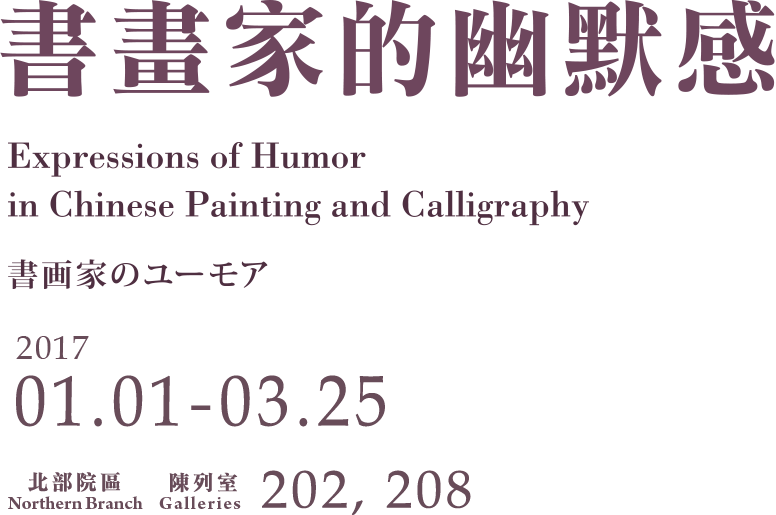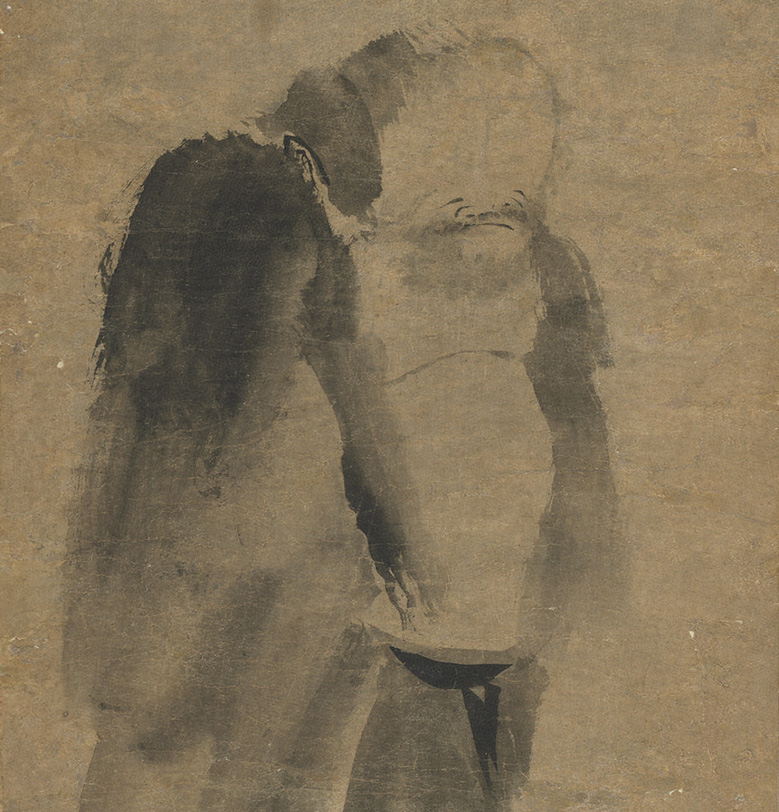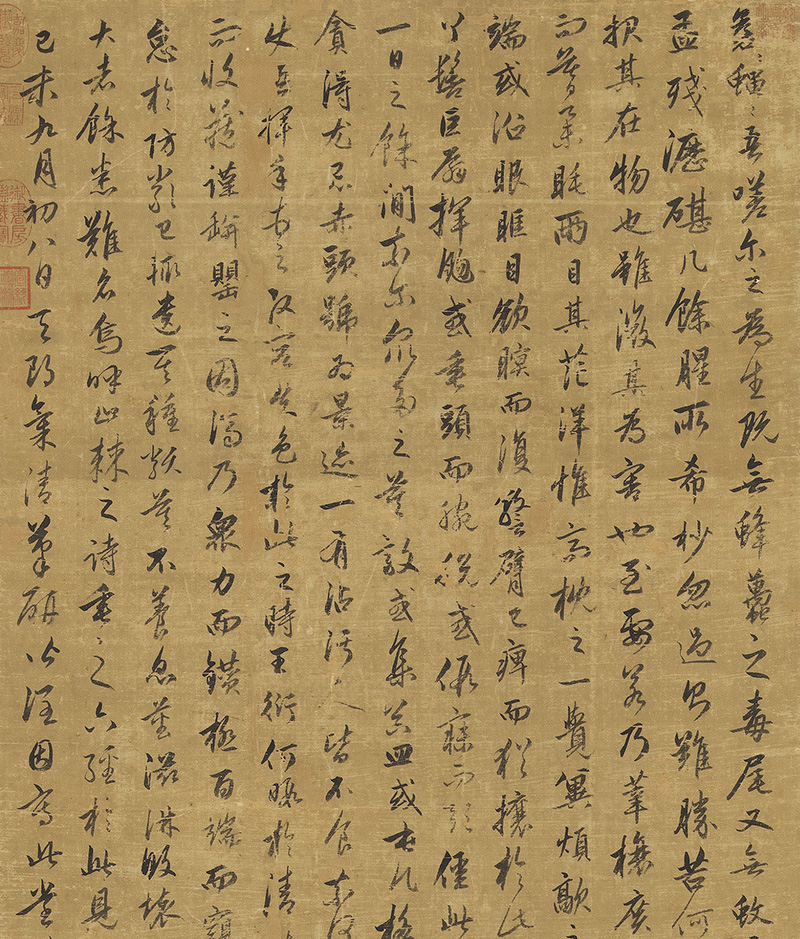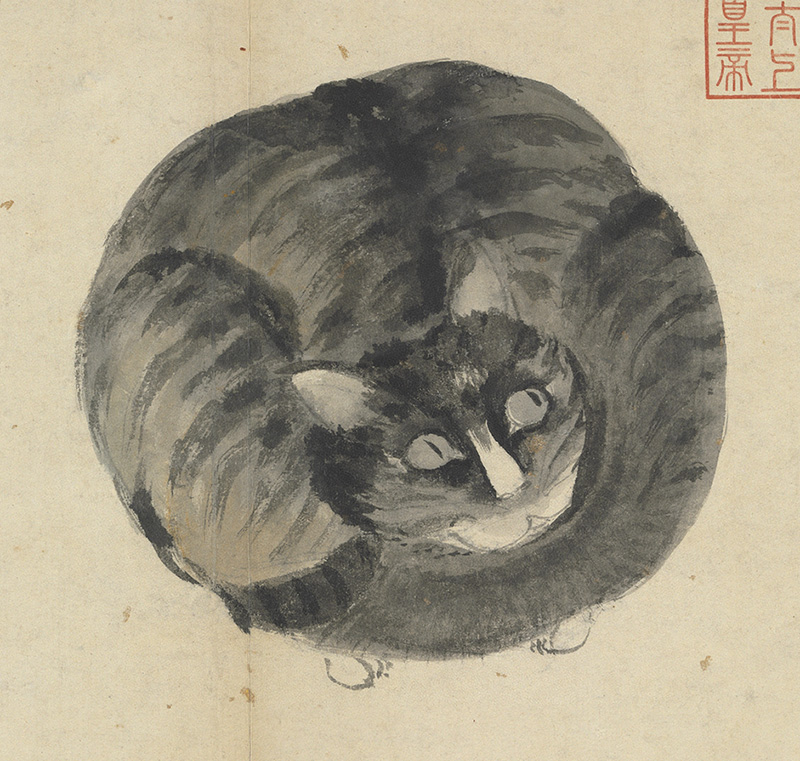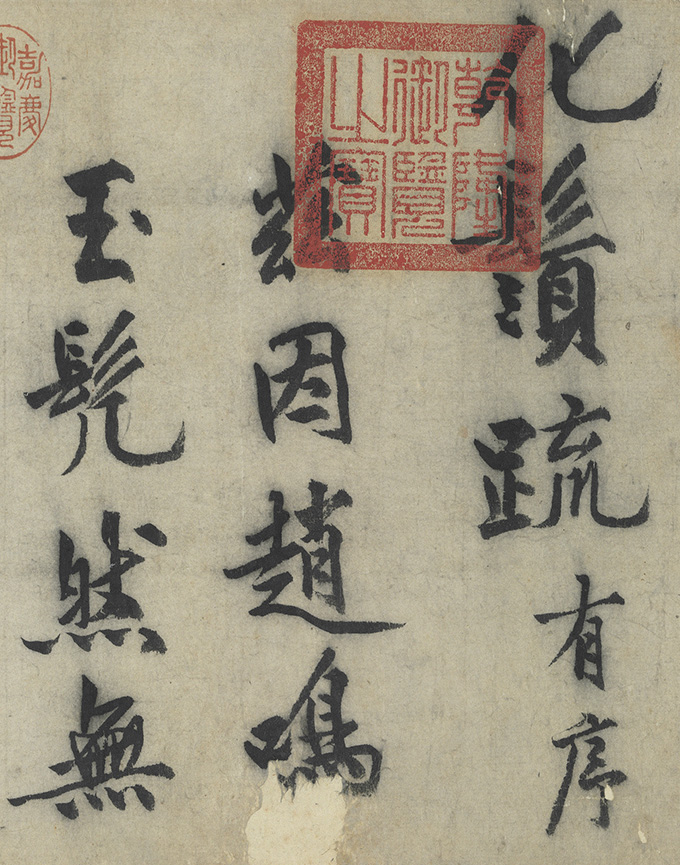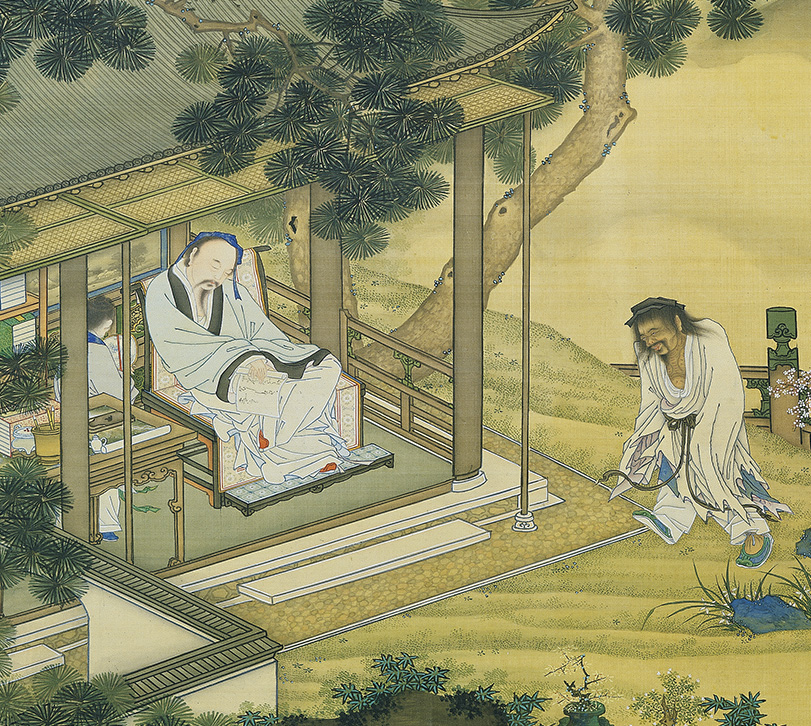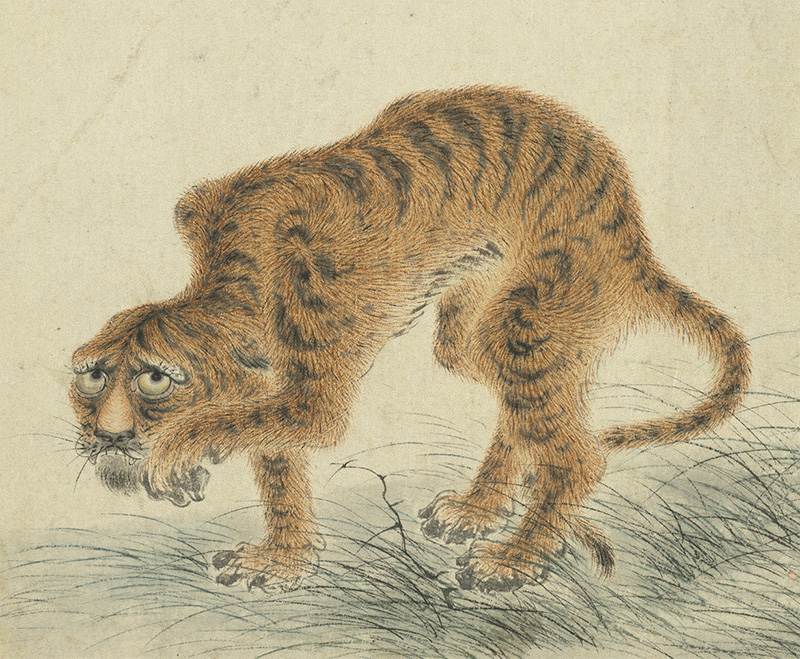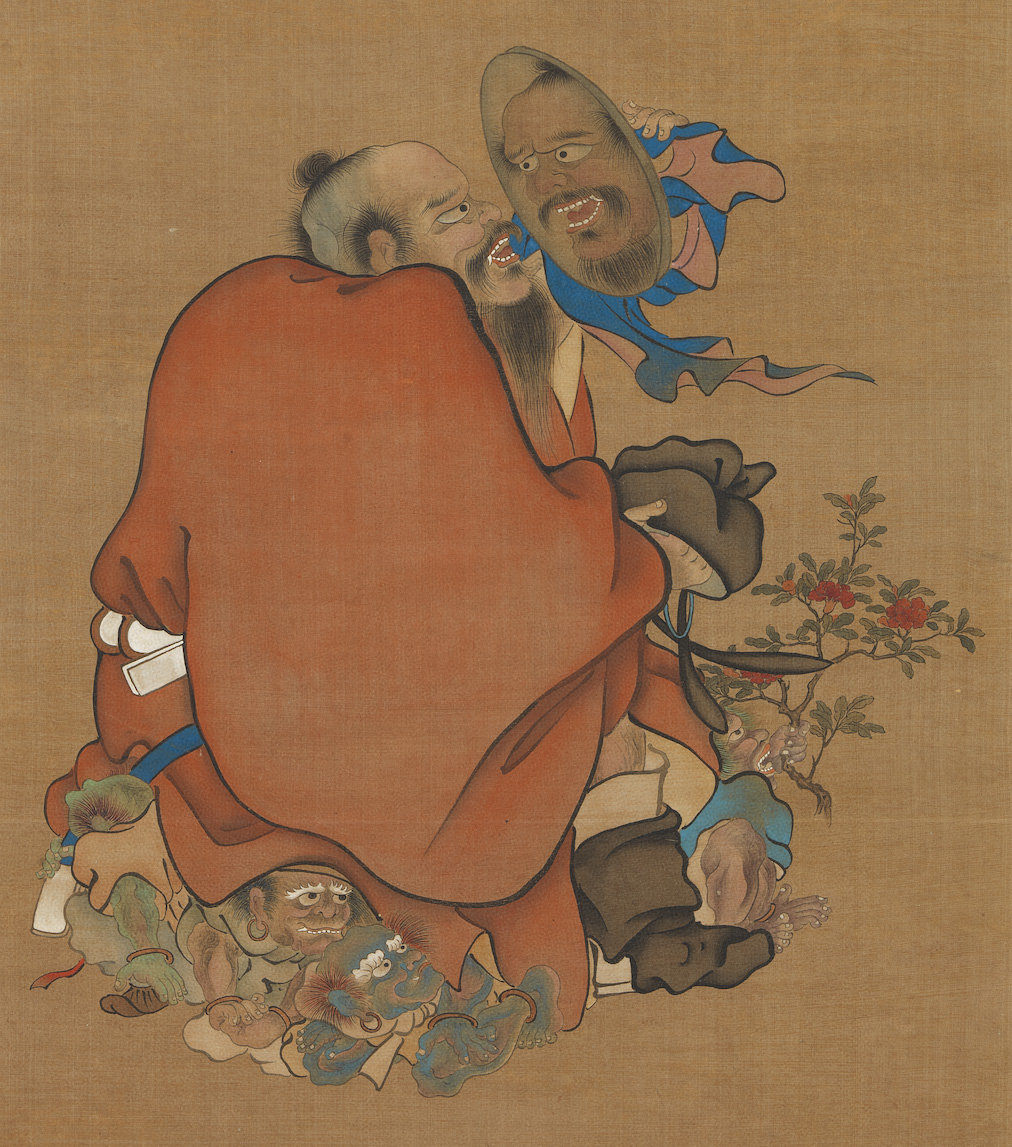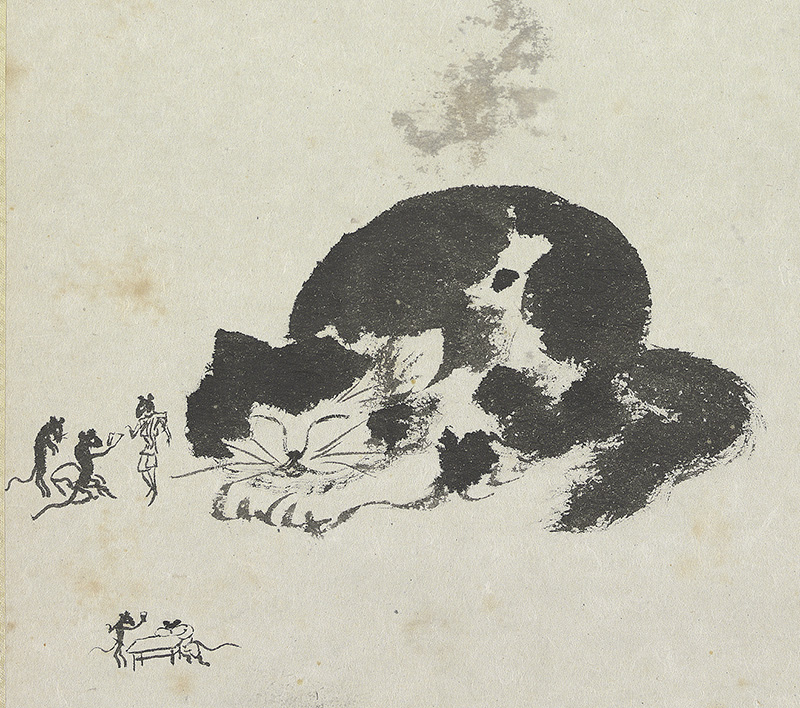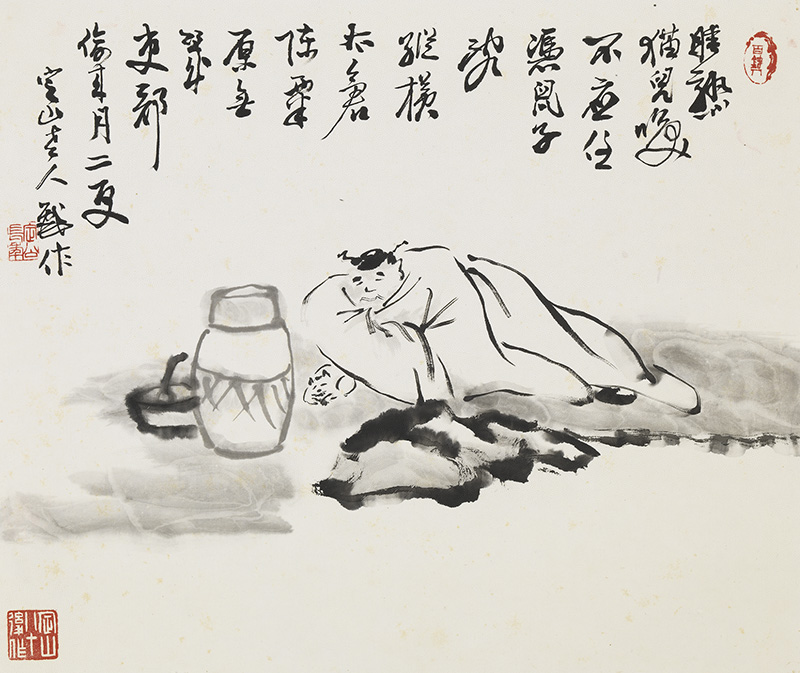The Chinese term for humor is "youmo," which appears in "The Nine Declarations: Embracing the Sands" from The Songs of Chu, an early Chinese classic of poetry: "With nothing but obscurity before my eyes, I find calm and complete silence." In the second line, the binome for "you" and "mo" refers to "calm" and "silence," respectively. Nowadays, however, Chinese dictionaries explain it as something that is amusing but having broader implications. So why was this ancient term used to translate the word "humor?" Earlier in the twentieth century, it was the renowned writer-translator Lin Yutang (1895-1976) who chose "youmo" as a phonetic rendering for "humor," perhaps because no such corresponding term could be found in Chinese. He explained, "For those who are skilled at 'humor,' their wit is invariably calmer and concealed. And for those who are skilled at judging 'humor,' their appreciation lies particularly in a silent realization of the heart, which is often difficult to describe to others. Unlike crude jokes, the more 'calm' and 'silent' the humor is, the more marvelous it is."
A person with a sense of humor therefore has the ability to both understand and employ humor, having a degree of intelligence and an open-minded attitude. Humor involves a keen power of observation and imagination using light-hearted and amusing forms of association and metaphor to convey life experiences, ways of thinking, or just things of playful interest. The kinds of humor are indeed many and include sharp words or other forms of self-deprecation, wit, teasing, and satire, often yielding unintended results ranging from a smile to outright laughter for the audience.
This exhibit features ten works of Chinese painting and calligraphy from the National Palace Museum collection to illustrate how artists in the past expressed a sense of humor. They include major pieces as well as more playful ones. The contents sometimes represent an "inside joke" between those in the know, humorous shapes to suggest a particular feeling, or unconventional arrangements. They can also be admonishing in nature or satirical in tone. Regardless of the approach, however, they all reveal creative ideas and techniques in various forms to express a unique sense of humor in traditional Chinese painting and calligraphy.
